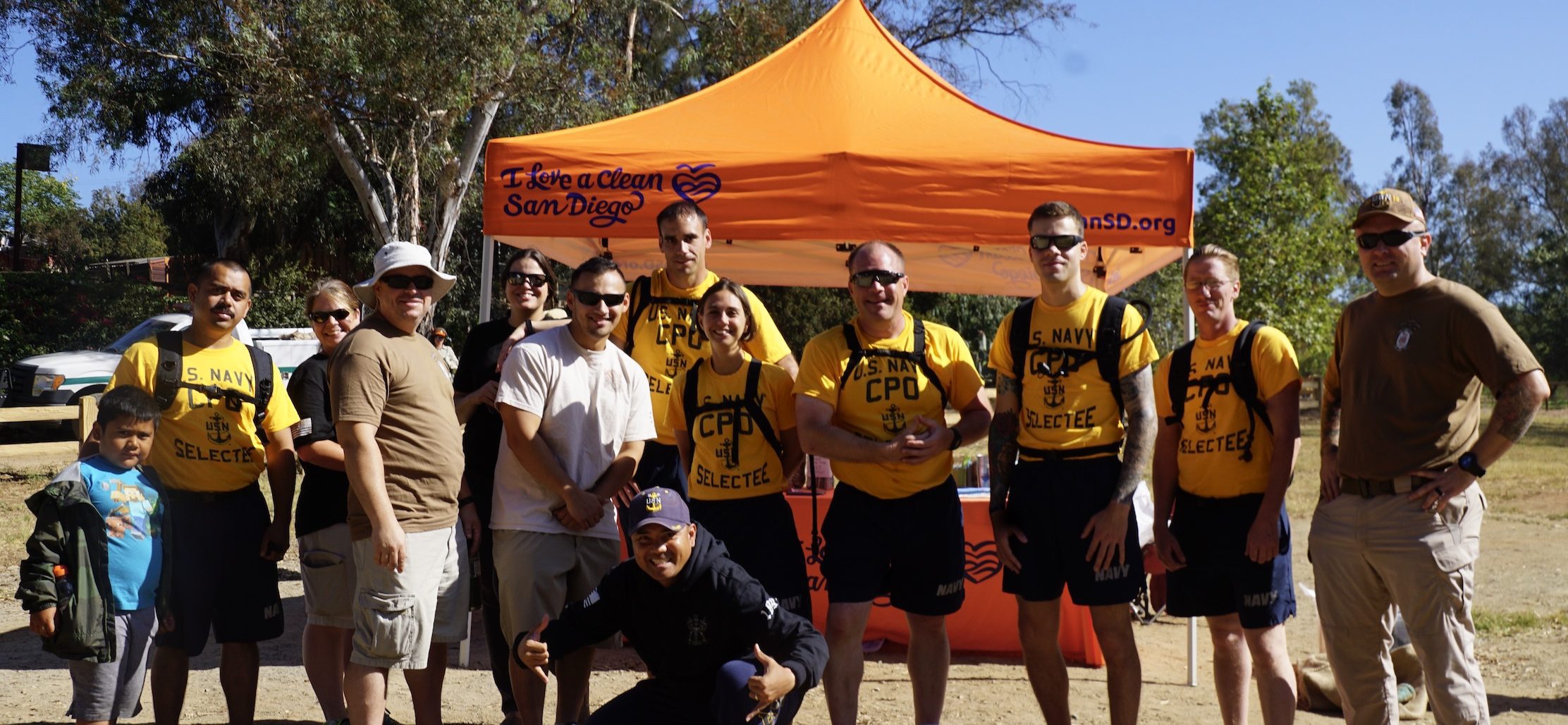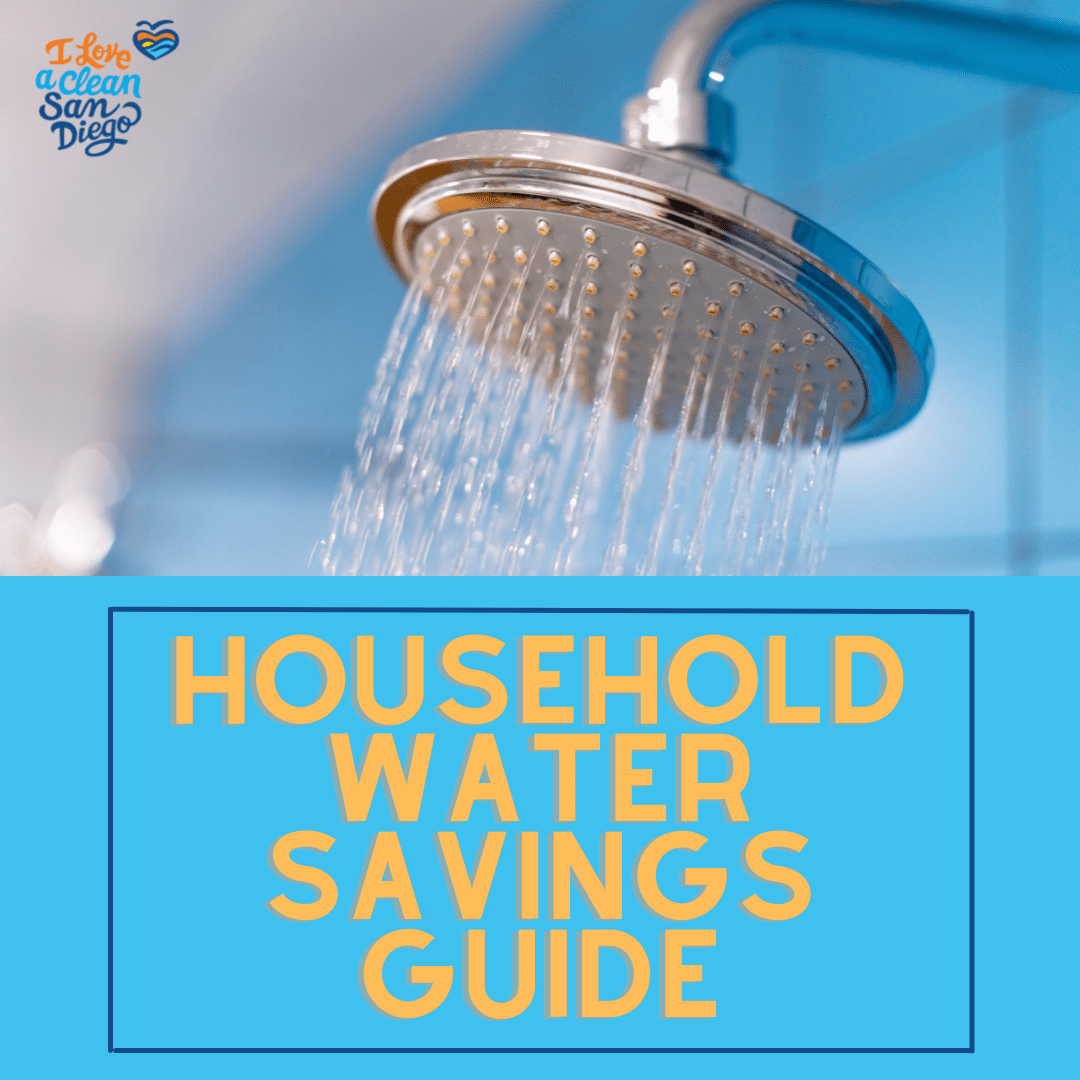The 20th Anniversary Creek to Bay Cleanup to Celebrate Earth Week
throughout San Diego County with Thousands of Environmental Volunteers
San Diego County’s largest cleanup effort honoring Earth Day is back to in-person, group volunteering. All ages welcome in communities across the region. Free online registration opens April 1 at CreektoBay.org for the April 23 event.
I Love A Clean San Diego County (ILACSD) is set to host the 20th anniversary Creek to Bay Cleanup on Saturday, April 23 from 9 a.m. to 12 p.m. – the day after Earth Day. The event that has become the region’s largest one-day environmental volunteer effort honoring Earth Day. This year, Creek to Bay returns to in-person, group volunteering at nearly 75 sites around the county.
Organizers expect over 5,000 volunteers of all ages to participate. Free online registration opens on April 1 at CreektoBay.org.
“Bringing people together as environmental volunteers is core to what we do at I Love A Clean San Diego and creates the greatest impact at the Creek to Bay Cleanup,” said Lauren Short, the event’s Director of Community Engagement. “We will have designated sites with site captains for people who want the group experience and will provide the close-to-home option for those who wish to volunteer that way.”
In 2021, volunteers reported removing nearly 30,000 pounds of litter from streets, parks, canyons and beaches. This year, ILACSD hopes to see that number jump closer to pre-pandemic levels of 100,000 pounds.
“This is why volunteer registration and data reporting is so important,” said Short. “We report our totals to local, regional, state and national agencies and we want every effort to be counted. We urge all volunteers to register – it counts.”
On event day, all volunteers will see cleanup totals displayed, in live time, on the Volunteer Impact Map at CreektoBay.org.
Where Does Marine Litter Come From?
About 80 percent of all marine debris begins inland, and all residents of San Diego County live in one of 11 watersheds, which all have their own habitats and lead to our bays and ocean. Litter enters our local watersheds and flows out to the Pacific Ocean, becoming a harmful threat to the health of both marine wildlife and people. Single-use plastics are the most dangerous products, which break down into micro-plastics and can be ingested by animals and humans.
Since its inception, Creek to Bay Cleanup volunteers have helped clear over 2.7 million pounds of pollution from communities across the county to protect the region’s natural environment, waterways and the ocean.
ILACSD encourages all volunteers to practice zero-waste habits at Creek to Bay by swapping single-use plastic items for sustainable alternatives.
North County Bucket Drive
People can donate to ILACSD and receive a reusable bucket and new litter grabber at the North County Bucket Drive on Saturday, April 9 from 8 a.m. – 12 p.m. at the Carlsbad Community Church, 3175 Harding St, Carlsbad, CA 92008. An online donation of $30 before April 9 will generate a receipt for donors to drive thru and pickup their cleanup kit.
Creek to Bay Goes International
The event has gone national and international due to its virtual volunteer option. Volunteers around the country, Canada, Mexico and Europe will contribute to cleanup efforts in their own corner of the world thanks to support from corporate teams.
Supporting partners of the Creek to Bay Cleanup
Think Blue San Diego, County of San Diego, County of San Diego Watershed Protection Program, Project Clean Water, The Coca-Cola Foundation, CBS News 8, Bank of America, Sempra Infrastructure, Sony, COX, Kirei USA, Wells Fargo, San Diego County Regional Airport Authority, Illumina, Orbital Project Management, City of San Marcos, City of San Marcos, GEICO Philanthropic Foundation, City of Poway, City of La Mesa, City of Imperial Beach, Port of San Diego, City of Escondido, City of El Cajon.
About I Love A Clean San Diego County
Founded in 1954, I Love A Clean San Diego County (ILACSD) is an environmental nonprofit on a mission to foster zero waste lifestyles and beautify communities throughout the region. ILACSD serves about 90,000 students, adults and businesses every year through environmental education, volunteer cleanup and beautification programs, and recycling and zero waste resources for the public. Annually, the organization hosts approximately 900 workshops and produces 600 community cleanups. Community cleanups are responsible for clearing nearly half a million pounds of pollution from the region annually. ILACSD is dedicated to empowering every person to be leaders in conservation and waste-free living to protect and improve the health of the home we love. Connect with us at CleanSD.org, WasteFreeSD.org, Facebook, Twitter, Instagram and LinkedIn, or call 619.291.0103.







